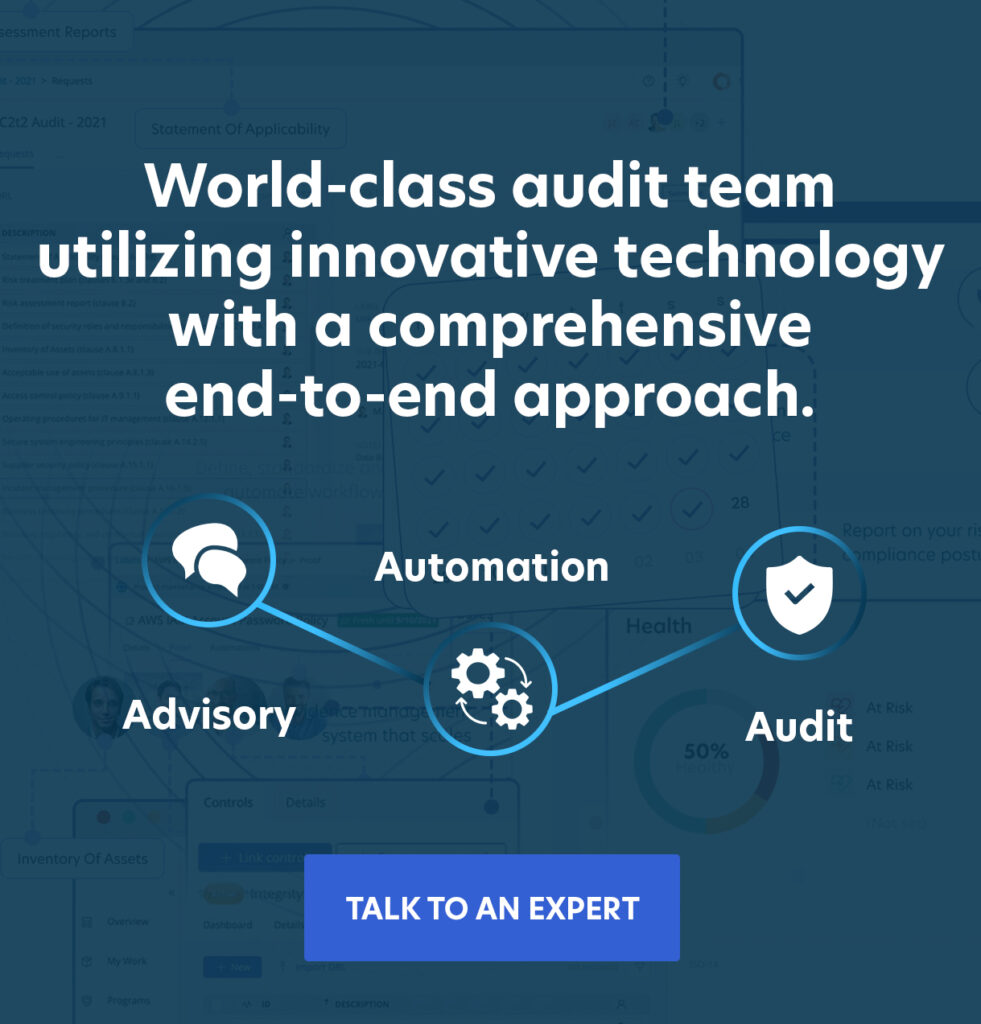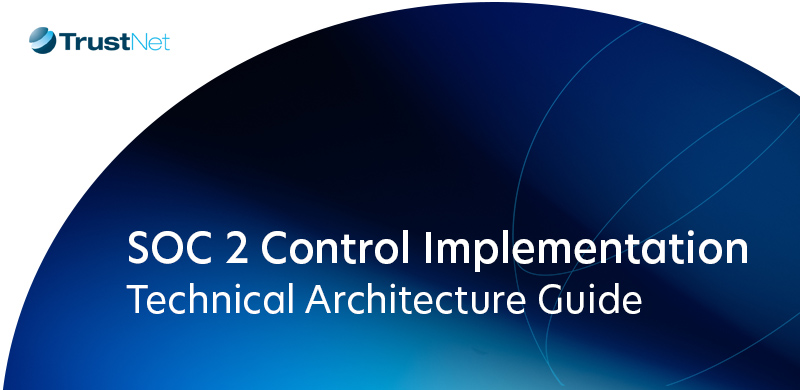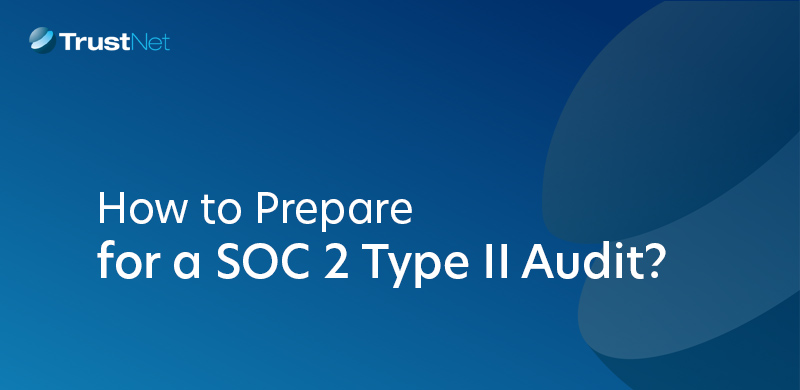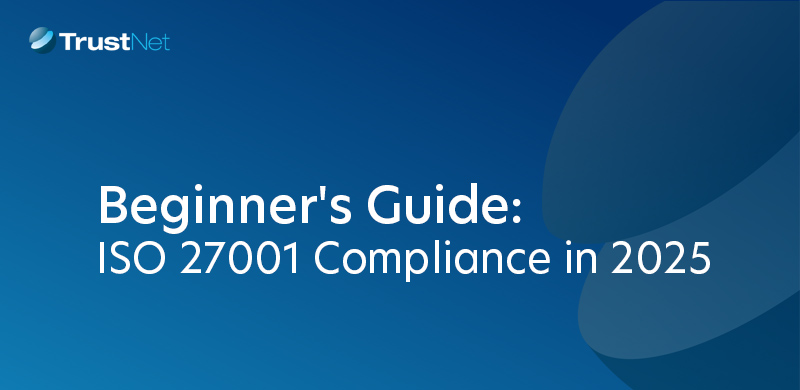
Understanding Cyber Threat Intelligence (CTI)
Cyber Threat Intelligence (CTI) is a critical component of modern cybersecurity practices. At its core, CTI transforms raw data into actionable insights, enabling organizations to better understand their adversaries and the threats they pose. By learning who these...

Digital Forensics & Incident Response Explained
Digital Forensics and Incident Response (DFIR) is a crucial area in cybersecurity. It involves detecting, investigating, and responding to cyber threats. DFIR allows organizations to uncover digital evidence, protect sensitive data, and recover from security breaches....
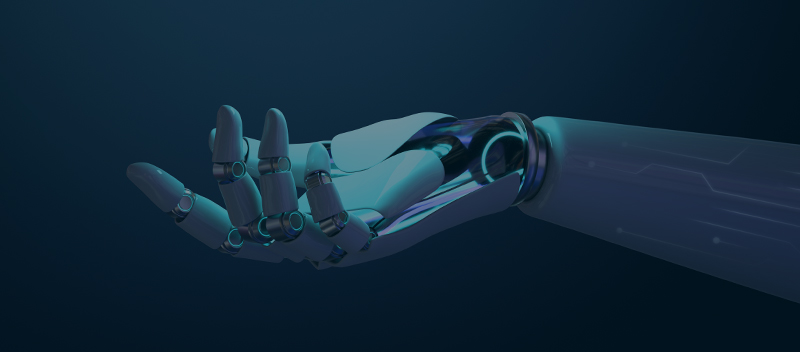
Cybersecurity Use Cases for AI and Machine Learning
In 2024, machine learning (ML) and artificial intelligence (AI) achieved significant advances that altered how several industries see productivity and problem-solving. According to experts, this velocity will only increase in 2025, opening up new possibilities but...

Vulnerability Management: Identify & Mitigate Cyber Risks
In cybersecurity, vulnerability management is an essential procedure that focuses on finding, evaluating, and fixing flaws in your systems. If these vulnerabilities are not addressed, bad actors may leverage them to compromise critical data and disrupt operations. As...

Understanding Deception Technology in Cybersecurity
Deception technology is redefining how we think about cybersecurity. Instead of just fortifying systems with stronger defenses, it takes a proactive approach by engaging directly with attackers. Through decoys, honeypots, and other fake digital assets, it creates a...

7 Methods Used by Businesses to Identify Cybersecurity Risks
Cybersecurity is not merely an industry buzzword or a marketing ploy; it should be a top priority for all businesses, regardless of size. Since digital dangers are constantly evolving, it's more crucial than ever to protect sensitive data and adhere to legal...
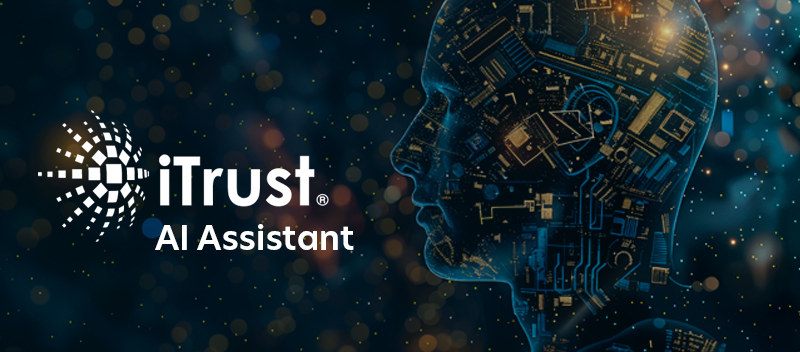
Exploring the Innovative Features of iTrust AI Assistant
iTrust is at the frontier of assessment and control of cyber threats. Businesses are provided with accurate cyber risk ratings using modern and advanced technology for them to know their security posture. But understanding risks is just the beginning. To bridge the...
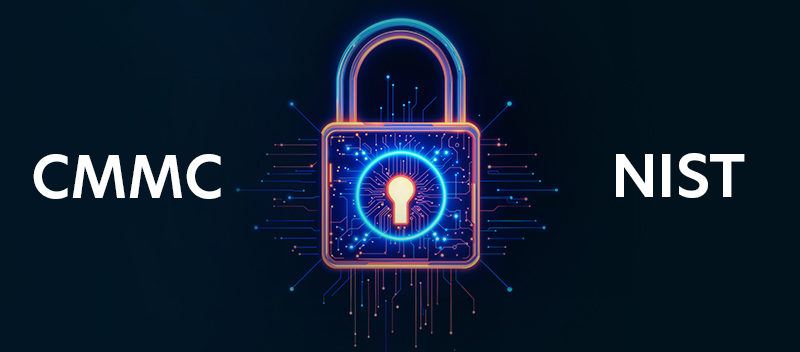
CMMC and NIST: Aligning Cybersecurity Frameworks for Enhanced Protection
The aerospace and defense sector has faced a dramatic surge of 300% in cyberattacks since 2018. This statistic highlights the urgent need for stronger and more coordinated cybersecurity measures. To tackle these risks, the Department of Defense (DoD) introduced the...
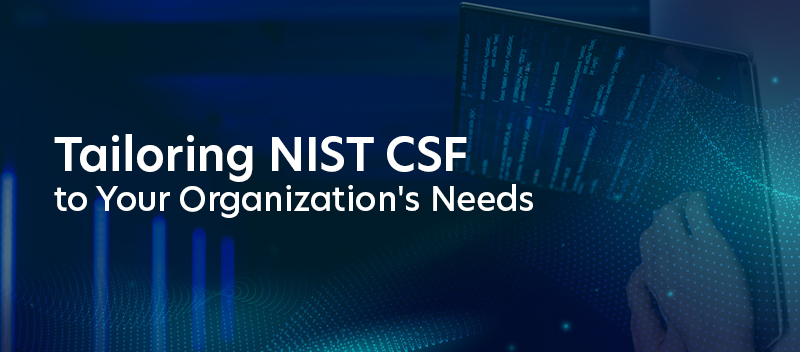
Cybersecurity Framework Profiles: Tailoring NIST CSF to Your Organization’s Needs
Cybercrime isn’t slowing down. In the last two years alone, the global cost of cybercrime hit a staggering $8 trillion — that’s over $250,000 every second. Projections claim that it can climb to $10.5 trillion this year. If these numbers feel overwhelming, they...

PCI DSS 4.0: Updated Password Requirements and Compliance Audit Insights
PCI DSS 4.0 represents a major update, with enhanced security measures to reinforce compliance and mitigate risks for organizations processing, storing, or transmitting payment data. A key focal point of this update is the refinement of password requirements, which...

